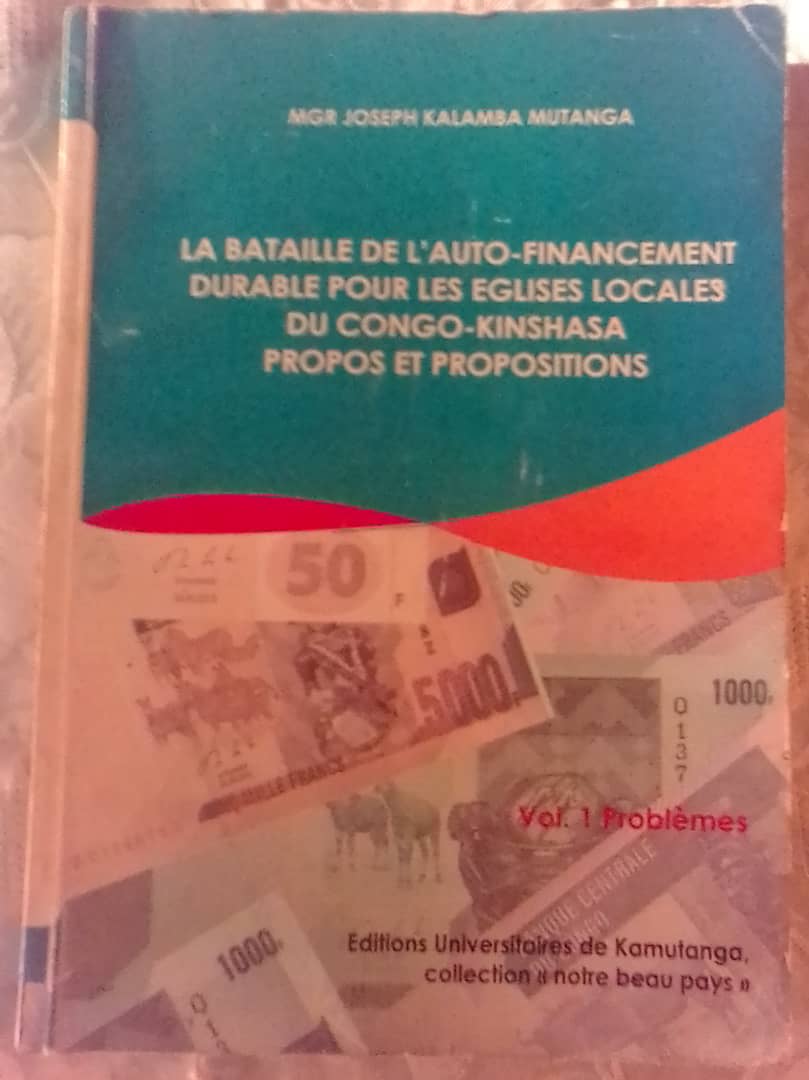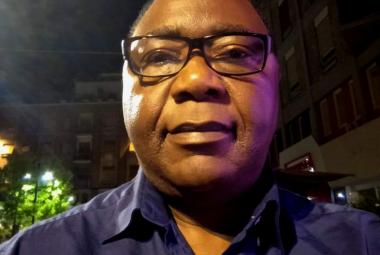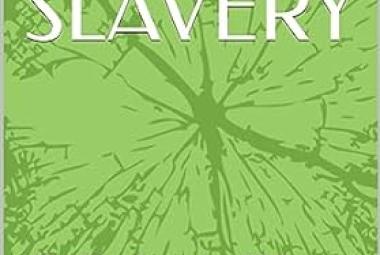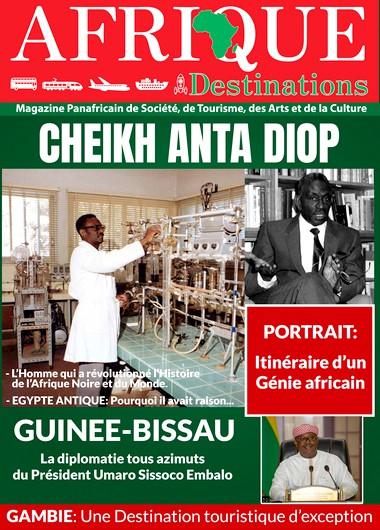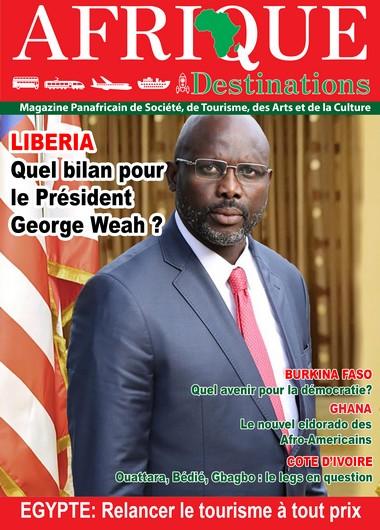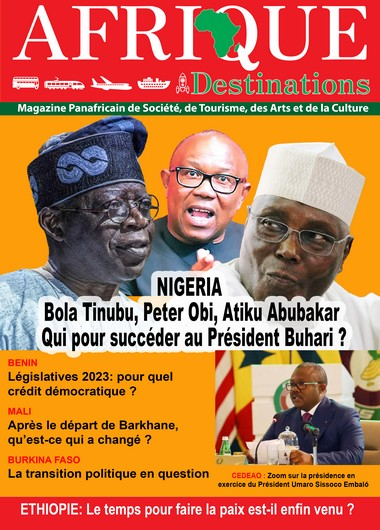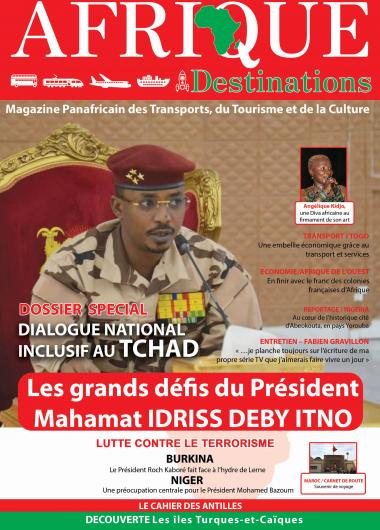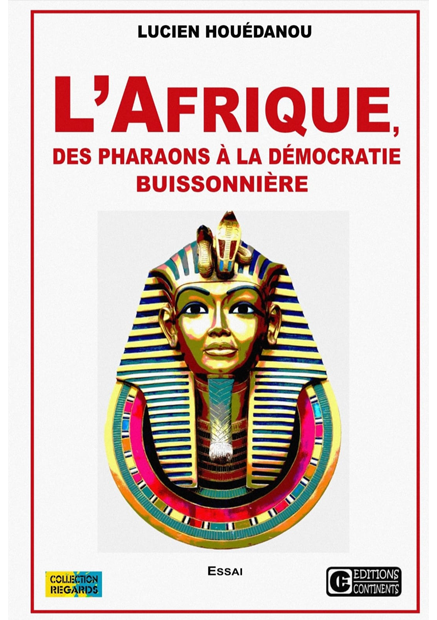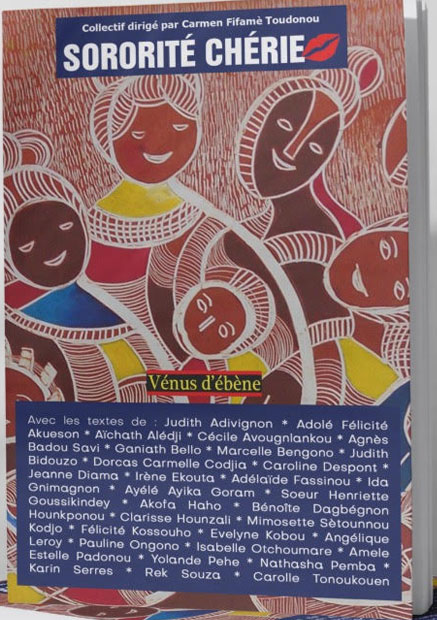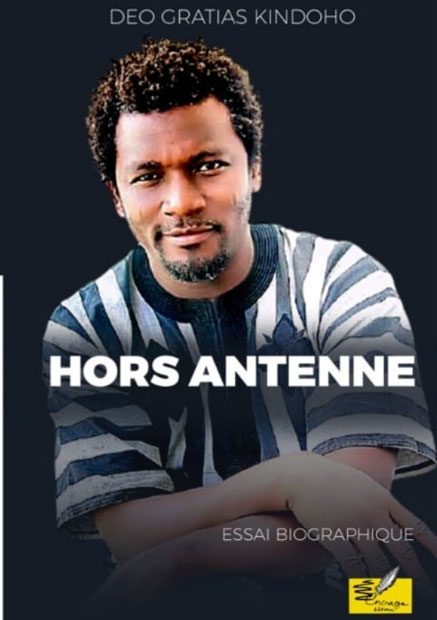For years, the Church in Africa has been faced with the problem of insufficient material and financial resources capable of supporting the work of evangelization and taking care of other needs related to this otherwise complex work. From the outset, this problem arises in the context of a Church whose centuries-old evil is to live from dependence and “perpetual outstretched hands” without forgetting the terribly meager share of the local land.
In this work which we wish to become a reference document for local Churches in Congo Kinshasa seeking maturity through self-sufficiency or self-care, the A., Mgr Joseph Kalamba, the man with multiple hats, theologian, ecclesiologist, researcher, connoisseur of the Church of Kasayi, farmer, addresses this problem in depth through 5 chapters spread over 299 pages. These chapters are sources of reflection culled from the twists and turns of a retreat session for the clergy of the Archdiocese of Kananga and the Diocese of Mbujimayi, two particular Churches whose historical connections are inescapable.
In the name of these connections, what is said and experienced in Kananga, is said and experienced mutatis mutandis in Mbujimayi. Hence this fundamental question, the very core of this work, in two volumes (vol. 1, subject of this report, and vol. 2 of which the report will follow): “how we must increasingly ensure our local self-financing in parishes, in congregations and in the diocese despite so many material problems that arise today in our society and in our Church in Kasayi and Congo? ". But how does this vol.1 differ from vol. 2, both responding to this fundamental and common problem relating to the material and financial question of our Churches? The flight. 1, more theoretical, gives the essential elements of the problem in 5 chapters. But what can we learn from these chapters one by one?
The first chapter determines the framework of the subject's remarks and propositions. This framework is, in fact, a retreat-session, a sui generis framework, where the waves of spirituality mix with those relating to the fundamental question or even better, the problem, that of how to ensure self-financing in our local Churches as an ideal mirror of their economic future. Basically, studying this problem in depth required a combined perspective through which the spiritual, the material and the financial intersect through the biblical and historical lighting of the evangelization of our land of kasayi, of the “missionary period” in the “post-missionary” period. From the start, A. recognizes that material and financial resources, being one of the aspects of the maturity of the Church, are not sufficient to take care of all the pastoral needs in our local Churches. This insufficiency is aggravated by the ignorance of rigorous management mechanisms, the diversion of the material resources of the Church for individual purposes as well as by the absence of the culture of managerial organization and commercial and financial profitability (p.p.15- 17.).
The impasse created by such an insufficiency calls for all-out reform:
- Break the myth of the “child Church” according to the word dear to Mgr Charles Vandame, a Church which does nothing to walk on its own feet or with its own crutches (p.19.);
- Break the myth that talking about money is a sin (p.19.);
- Unblock the mental bottleneck that paralyzes so much energy willing to embark on the path of self-financing (p.20.);
- Master and understand the circuit of material and financial dependence on the West (p.p. 20-21.).
There is, through this reform that A. calls for awareness of certain thorns, that is to say the obstacles that obstruct the path to innovation. From these thorns, we can remember:
- The extroversion of diocesan economies by foreign ecclesiastical and state organizations located in the West (p.22.);
- Financial dependence on political leaders and economic operators as occasional benefactors of the diocese (p.22.);
- Generosity on the occasion of certain events (funerals, ordinations, jubilee of the diocese or congregation) (p.23.);
- The generosity of the local diaspora (p.24). ;
- The generosity of local Christian communities located within the diocese (p.25.).
While recognizing the valuable advantages of all these aids in their different aspects, A. draws attention to their limits (p.p.22-29.). We can, in concluding, with A., this first chapter, say that such a rich theme burst into his theological and pastoral journey through a process rich in twists and turns. First, in his family where he was educated in agro-farming; then at the seminary, where, through training and readings, he was awakened to the problem; finally at the beginning of the priestly ministry, during the formation in Switzerland and the stay in the Congo, where the theme had matured through different field experiences. There is, through this journey, a glimmer which helps to understand how the Churches of Mbujimayi and Kananga are “giant local Churches of Kasayi, but at the Achilles heel in their financial maturity”. This is the subject of the second chapter (p.p.47-145.).
He who wants to go far takes care of his horse, says a proverb. This means that to succeed in the battle for “sustainable self-financing” in our dioceses, we must maintain strengths or reserves if we want to achieve high or distant objectives. For A., these strengths are represented by all the assets for successful self-financing. In a Church that wants to be mature, whether in Kananga or Mbujimayi, on the pastoral, spiritual, liturgical or financial levels, the undeniable major asset is that of human resources, resources united by mutual trust, unity and true love of the diocese (p.59.). Through a holistic approach where everything fits together, the A., relying on the achievements of conciliar ecclesiology, presents human resources as the basis of the vitality of a Church. “There is no wealth except in men,” says the American Nobel Prize winner Theodore Schutz (p.59.). Without men, nothing can succeed. This is why long pages are devoted to the plea for unity and co-responsibility in the management of the diocese. Is it not that this cohesion within the staff can help to avoid all kinds of slippages which have caused Kananga to collapse as a “great Flemish fortress” and Mbujimayi as a Church with an “atypical itinerary” from its own self-financing efforts? ? (p.p.60-72.).
Let's be specific. Kananga owes almost everything to Scheut's fathers. Unprepared to take charge of itself on the economic and financial level, its descent into hell took place between 1980 and 1990 with the two successive waves of systematic looting of Procure Saint Clément around the years 1992 and 1993 which plunged into the economic debacle of the archdiocese. (p.75.). Mbujimayi was atypical. Despite the valuable material, financial and logistical support of Miba (p.80.), it is a Church born from great painful historical events, a Church of deportees and repressed people returned to the fold and called by the combination of circumstances to Africanize the local Church in many key cogs of pastoral life (p.81-82.). In this movement, through his pragmatism on the ground and his pastoral realism, Mbujimayi made progress on the economic-financial level supporting everything else (theology, pastoral, liturgy, etc.), but which collapsed like a house of cards because of amateurism (p.p.90-129.).
It is this amateurism in Mbujimayi and the economic-financial debacle in Kananga accompanied by new societal challenges (p.p. 130-131.) which facilitated an effort of muscular theological reflection based on culture and languages, recognizing local financial resources as another major asset. An asset that recognizes at its fair value everything that has been successfully undertaken in the past and especially today in terms of self-financing. In view of this asset, two challenges deserve to be taken up:
- Insufficiency of local financial resources;
- Mismanagement and failure to produce these resources ourselves.
It is after a long discussion on these challenges (p.p. 141-146.) that A. arrives at a pointed reflection on the inextricable link between the priest and money or earthly goods, subject of the third chapter (p.p. 147-210.). This chapter is revolutionary, because it talks about money as the philosopher's stone of existence in our dioceses, something impossible to find, a mystery. And yet the A. stigmatizes any theology that makes money a taboo (p.p.148-155.). He says no to such a vision when he states: “…seek to deny in the name of a utopian “spiritual Christianity” or a disembodied spiritualism, the place and importance of even minimal material and financial resources in life of the congregation or the diocese today in our province and our country, it is to continue an ostrich policy which leads us all as clergy sooner or later into a hole” (p.159.).
The whole problem is to address this question on which all pastoral work depends on adult and responsible men of the Church, who, through exchanges create and encourage "an effective and efficient official framework for discussions with an indispensable debate of ideas on the material and financial life of the parish, the congregation and the diocese.” (p.161.). We understand that such a way of seeing is supported by the Bible which sees no contradiction between material goods and the diocese (p.p. 162-168.). Hence rejection by A. from the material “theology of poverty” (p.p.168-171.) and the earthly “theology of prosperity” (p.p.171-173.) in favor of a “theology of integral salvation” of man body and soul.
The challenge of the latter is that seeking ecclesial self-financing in Kasayi and the Congo does not lead us to forget to also seek the development and material well-being of our people called to also find their account there. Truth be told, instead of demonizing the possession of money and material goods as an evil in itself, we must, in the name of the Gospel, “condemn abject material poverty as an enemy of the Gospel and of our population surviving in its almost infrahuman underdevelopment” (p.p.173-174.).
The golden mean consists in these conditions of establishing the conjunction between the material and the spiritual, and also of placing the primacy of the spiritual over the material, of the celestial over the earthly. This golden mean certainly allows for a fair use of earthly goods for the minimum necessary for the apostolate, in the conviction that the latter are subordinate in the face of the primacy of “heavenly goods” (p.180.) . Thus, the Church, in carrying out its evangelical mission, with the support of the material support represented by earthly goods, must avoid not only the three corrupting temptations of money, but also the three particular dangers in life diocesan clergy in search of ecclesial self-financing. The first temptation is excessive attachment to earthly goods, closing the horizon towards “things above” (Col. 3:2); the second is the idolatry of oneself that this excessive attachment entails; the third temptation is the moral and spiritual loss of our own soul (p.p.180-187.). Added to these three temptations, the three dangers through the quest for self-financing, namely self-financing becoming a primordial goal instead of a means in the service of evangelization; the narcissistic ego at the heart of material achievements in the Church and society and the pre-eminence of the pastoral care of money to the detriment of the pastoral care of the sacraments (p.p.187-206.).
But it must be said that these temptations and these dangers are not all that there is to fear in the apostolate within the Church. In other words, it is not by ousting them that we can rest easy. We also need an attitude to cultivate so as not to slip up in our quest for ecclesial self-financing. This attitude means realizing that “God gives neither poverty nor wealth” (Pr.30,7), but the minimum necessary for life and the apostolate (p.206.). Universal owner and dispenser of all material and financial goods, God is also the one who gives us the financial gift which removes from us the corrupting power of money (p.207.) and makes us aware that the “riches of above” are more beautiful and lasting than the “riches of the earth” (p.208.).
It is the anchoring in this God which is the secret of the flourishing of a Christian, priestly and episcopal life well balanced between the apostolate in a materially poor environment and the daily battle of local ecclesial self-financing, which gives meaning to this whole battle. A battle that logically allows us to understand the financial ordeal of our parishes, especially diocesan congregations and our local Churches of Kasayi. Understanding this battle from the complexity of the socio-historical and economic evolution of the material maturity of the local Churches of Kananga and Mbujimayi is the subject of the fourth chapter (p.p.211-269.).
This chapter seems to me the very heart of the work, its privileged link, because it benefits from the specific method of Edgar Moran who recommends "looking at the whole in the parts and at the same time the parts with the whole", to “to distinguish without dissociating and to unite without dissociating” (p.211.), is to link the complexity of the problem of self-financing to the evolution of the material maturity of our local Churches from the “missionary period” to the “post-missionary period”. In the meantime, it is obvious that our Churches experienced from a financial and material point of view the good times of the “missionary period”. What honey at this time! But as it is said that "near the Capitol is the Tarpeian rock", to signify that honors and fame do not prevent decline, prosperity gave way to the descent into hell of the diocesan economy in the "period post-missionary” of the heirs (p.p.229-232.).
It was then that the financial ecclesial myths of the Scheutist father, the indigenous priest and the well-off bishop crumbled (p.p.232-237.). This descent into hell was also complicated by the increase in local human resources requiring more financial resources from the diocese (p.p.237-241.). What can we say about the hole created in diocesan finances by the drastic reduction in manna from the West (p.p.242-246.), the glaring mismanagement of material resources in the parish and the diocese (p.p.246-247.), the difficulty in maximizing financial profitability from certain economic sources? Desolation which was aggravated by the erosion of the community sense of the goods of the diocese in the lifestyle of the secular clergy and the porosity in the legal demarcation of the material and financial goods of the local Churches (p.p.259-269.).
A self-respecting ecclesiologist also acts as a sociologist, an observer and a privileged witness to the situation in his or her living environment to examine the socio-economic climate. This is what A. done in the fifth chapter (p.p.271-294.). He notes that the economies of our local Churches reflect the national economy of the DRC. Precarious economy (p.p.272-273), looking like a baby born disabled (p.p.278-280.), economy corrupted by the volatility of the country's macro-political framework (p.p.280-285.), in short, moribund economy and incapable of resisting the mismanagement that has become the mode of management in the country (p.p.286-294.).
It's time to conclude. With a scholarly touch and a multidisciplinary perspective, Mgr Joseph Kalamba provides in-depth reflection on the very relevant question of the self-financing of our dioceses in Kasayi and the DRC. As a true ecclesiologist, he invites us, from an economic-financial point of view, to become the creators of our own wealth in support of the work of evangelization. In the “post-missionary period”, this work must become a reference document for local Churches in search of financial maturity.
By Ernest Bula Kalekangudu (DRC), Philosopher
*This article has been translated from French into English by Marcus Boni Teiga
Mgr Joseph Kalamba Mutanga, La bataille de l’auto-financement durable pour les Eglises locales du Congo-Kinshasa. Propos et propositions, Vol.1 Problèmes, Editions Universitaires de Kamutanga, Collection « notre beau pays », Kinshasa, 2021, 299 p.
(Mgr Joseph Kalamba Mutanga, The battle for sustainable self-financing for the local Churches of Congo-Kinshasa. Comments and proposals, Vol.1 Problems, Editions Universitaires de Kamutanga, Collection “our beautiful country”, Kinshasa, 2021, 299 p.)



